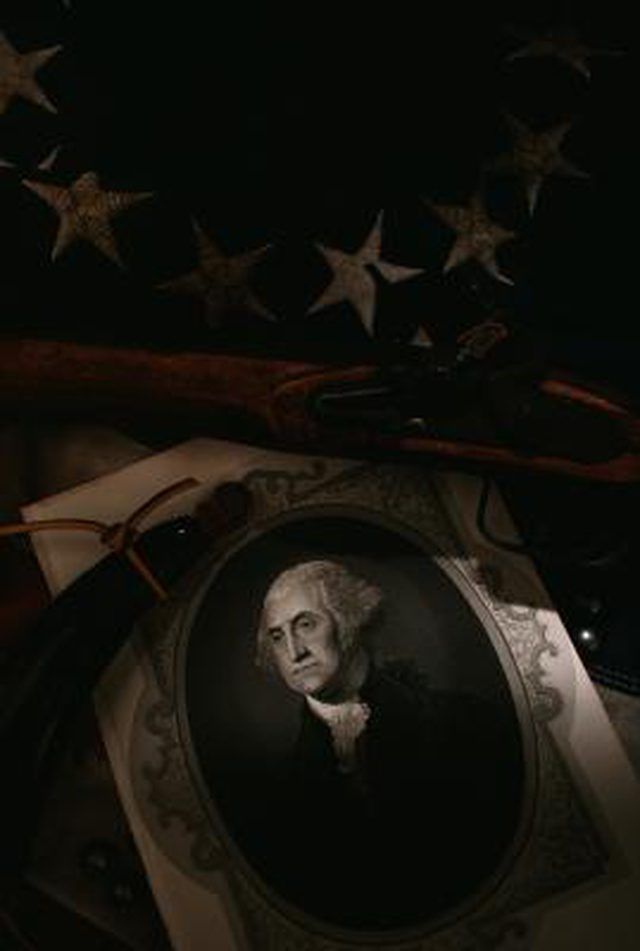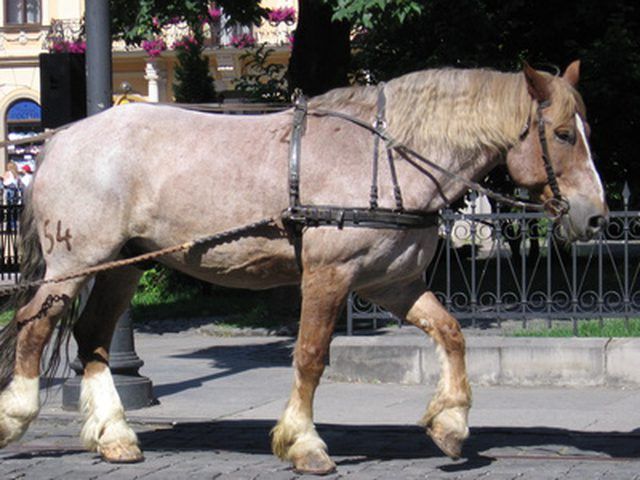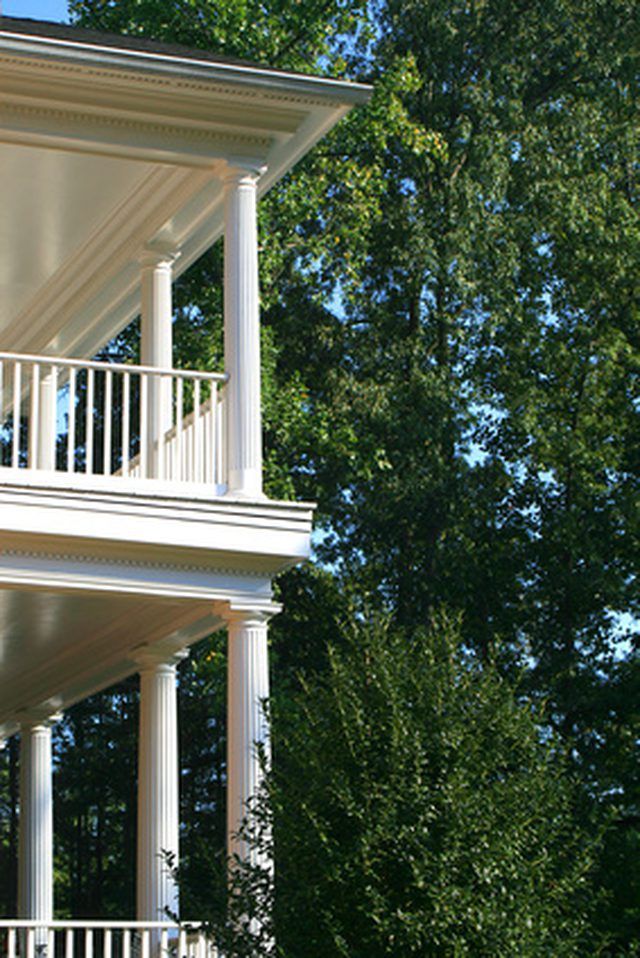Bulbs
Flower Basics
Flower Beds & Specialty Gardens
Flower Garden
Garden Furniture
Garden Gnomes
Garden Seeds
Garden Sheds
Garden Statues
Garden Tools & Supplies
Gardening Basics
Green & Organic
Groundcovers & Vines
Growing Annuals
Growing Basil
Growing Beans
Growing Berries
Growing Blueberries
Growing Cactus
Growing Corn
Growing Cotton
Growing Edibles
Growing Flowers
Growing Garlic
Growing Grapes
Growing Grass
Growing Herbs
Growing Jasmine
Growing Mint
Growing Mushrooms
Orchids
Growing Peanuts
Growing Perennials
Growing Plants
Growing Rosemary
Growing Roses
Growing Strawberries
Growing Sunflowers
Growing Thyme
Growing Tomatoes
Growing Tulips
Growing Vegetables
Herb Basics
Herb Garden
Indoor Growing
Landscaping Basics
Landscaping Patios
Landscaping Plants
Landscaping Shrubs
Landscaping Trees
Landscaping Walks & Pathways
Lawn Basics
Lawn Maintenance
Lawn Mowers
Lawn Ornaments
Lawn Planting
Lawn Tools
Outdoor Growing
Overall Landscape Planning
Pests, Weeds & Problems
Plant Basics
Rock Garden
Rose Garden
Shrubs
Soil
Specialty Gardens
Trees
Vegetable Garden
Yard Maintenance
Lawn Jockey Antique History
Lawn Jockey Antique History. As antique yard ornamentation goes, not many pieces have the colorful but controversial history of the lawn jockey. Both revered for their background and reviled for their racial undertones, antique lawn jockeys have a convoluted past with roots in both heroism and slavery.

As antique yard ornamentation goes, not many pieces have the colorful but controversial history of the lawn jockey. Both revered for their background and reviled for their racial undertones, antique lawn jockeys have a convoluted past with roots in both heroism and slavery.
Origins of the Lawn Jockey
Legend has it that the origin of the lawn jockey lies in the sacrifice of a small boy during the American Revolution. Before crossing the Delaware River on Dec. 24, 1776, George Washington left his horse on the banks of the river in the care of a 12-year-old stable boy named Jocko. Not long after Washington departed, a blizzard struck, but Jocko remained at his station, holding a lantern to show the troops the way back. When Washington returned on Dec. 26, he found Jocko still at his post, but frozen to death, lantern and reins in hand. Washington was so moved by the devotion of the young lad, he had a statute erected on the front lawn of his home, Mount Vernon, in his honor.
Practical Uses of Lawn Jockeys
The oldest known lawn jockey antiques actually had a practical purpose. Cast from solid zinc or iron, lawn jockeys from the early to mid 1800s often weighted more than 300 lbs. While their later descendants were mostly for decoration only, these heavy behemoths actually served a practical purpose as hitching posts during the days of horse-drawn carriages.

Lawn Jockeys and the Underground Railroad
Lawn jockeys may have also played a role in the history of the Underground Railroad. During the Civil War, oral traditions held that lawn jockeys holding lit lanterns or colored flags in their hands indicated a possible safe house for escaping slaves. The home of U.S. District Judge Benjamin Piatt was just such a home, with his wife using the family's lawn jockey for that very purpose.

Lawn Jockeys in the 1900s
Antique lawn jockeys were primarily for decoration in the early 1900s as horses began to fall out of favor in response to the growing popularity of automobiles. As collectibles, these decorative lawn jockeys tended to be hollow and weighed roughly 150 lbs.or less. Lawn jockeys fell out of favor as antique collectibles during the beginning of the Civil Rights movement in the mid 1900s and many were discarded, though collectors can often find them on online auction sites.